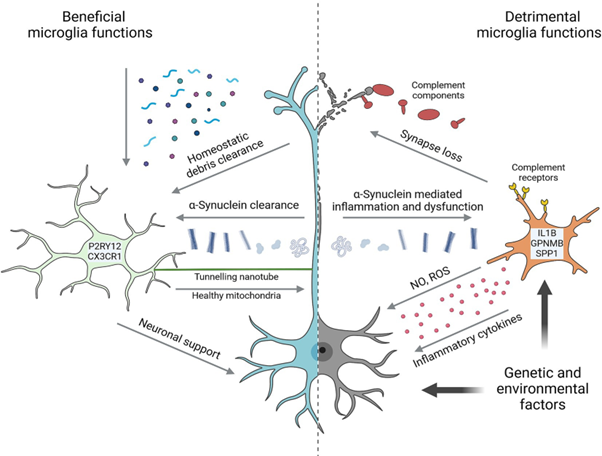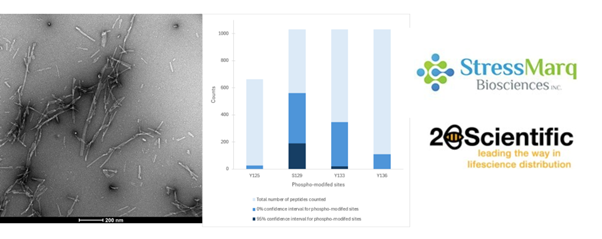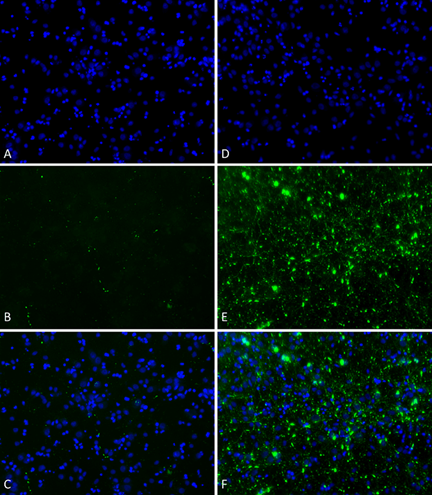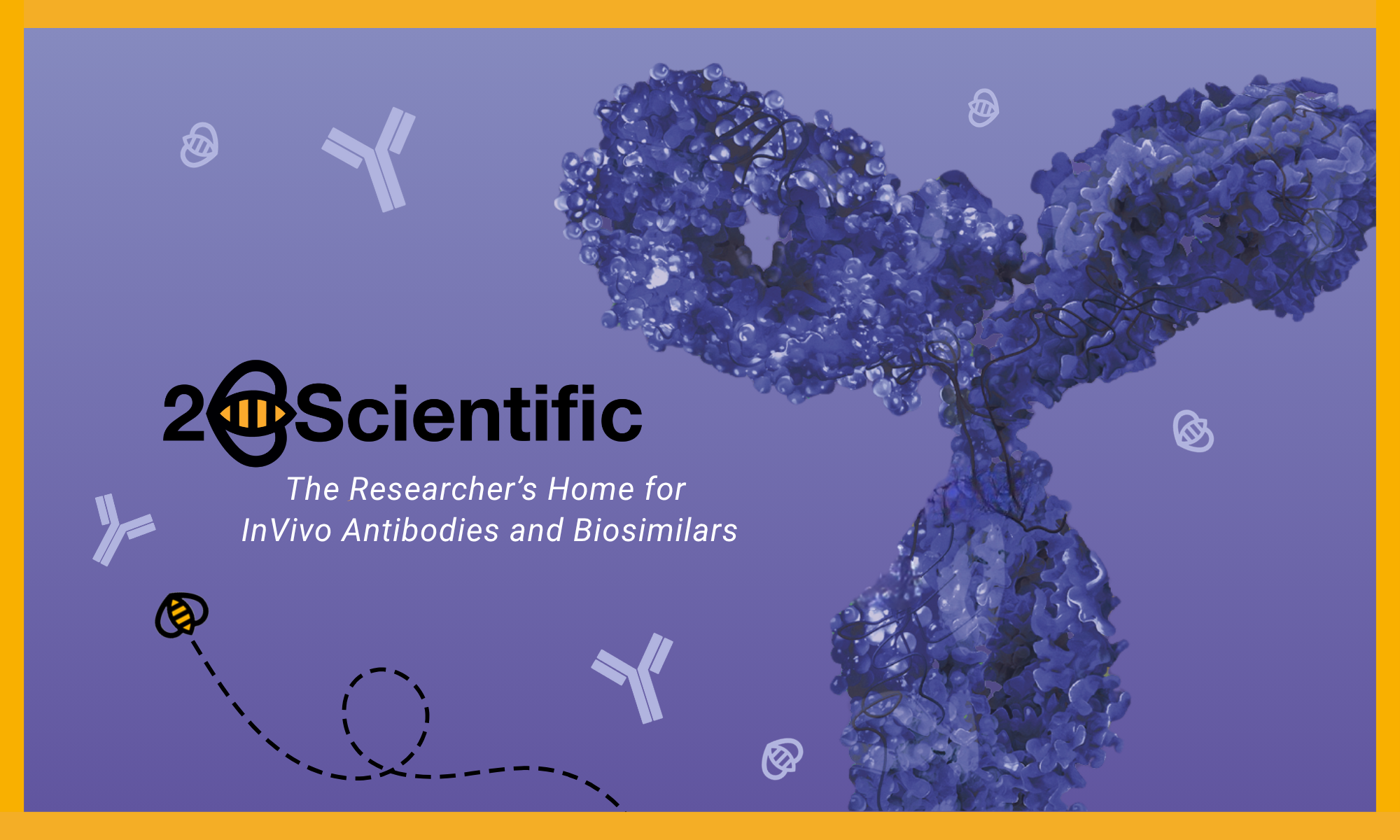Visualising Protein Aggregation in Parkinson's Disease: Tools to Inspire Your Next Experiment
What Are Microglia?
Microglia are the brain’s innate immune cells—constantly surveying the environment and responding to signals of damage, infection, or abnormal proteins.
What Do Microglia Do in Parkinson’s Disease?
In Parkinson’s, microglia are activated by misfolded alpha-synuclein. While they initially aim to clear these toxic proteins, prolonged activation can lead to chronic inflammation and neurodegeneration.

What Are Pattern Recognition Receptors (PRRs)?
PRRs are key to microglial function. These receptors detect misfolded proteins and trigger immune responses. Key types involved in alpha-synuclein detection include:
- Toll-like receptors (TLRs): activate inflammatory signaling.
- Scavenger receptors: facilitate uptake and clearance.
- Fc receptors: detect immune-complexed proteins and drive phagocytosis.
Inspire Your Next Experiment with 2BScientific Tools
If you're studying how microglia respond to pathological alpha-synuclein, consider this experimental pathway:
1. Stimulate microglia with 2BScientific’s new pSer129 alpha-synuclein pre-formed fibrils, a biologically relevant species associated with Lewy body pathology.

2. Confirm and visualise aggregation using the new alpha-synuclein aggregate-specific antibody, optimised for detecting misfolded species in cell models.

This approach could help dissect the specific roles of different PRRs in initiating inflammation and uptake pathways—paving the way for new therapeutic targets in synucleinopathies.
Ready to Explore Microglial Mechanisms?
2BScientific offers the tools you need to model and validate microglial responses to alpha-synuclein pathology.
Written in collaboration with Elly Robles Rodriguez a researcher at the University of Oxford - Parkinson’s Disease Centre (OPDC). Contact: elly.roblesrodriguez@keble.ox.ac.uk

